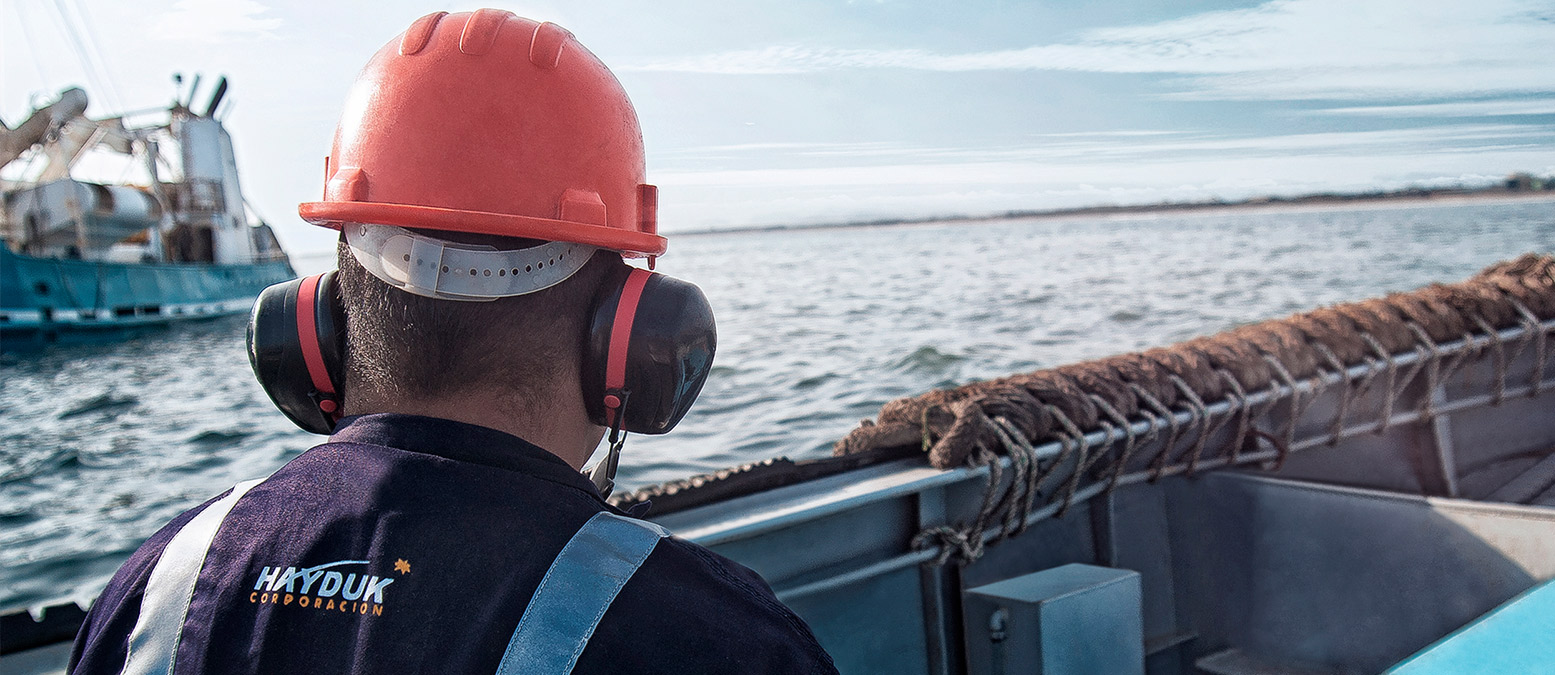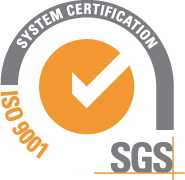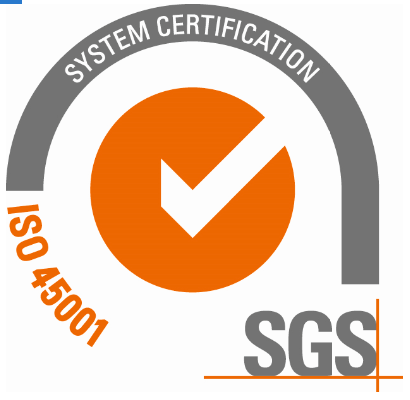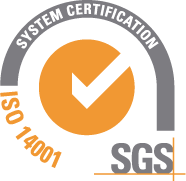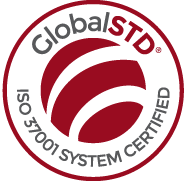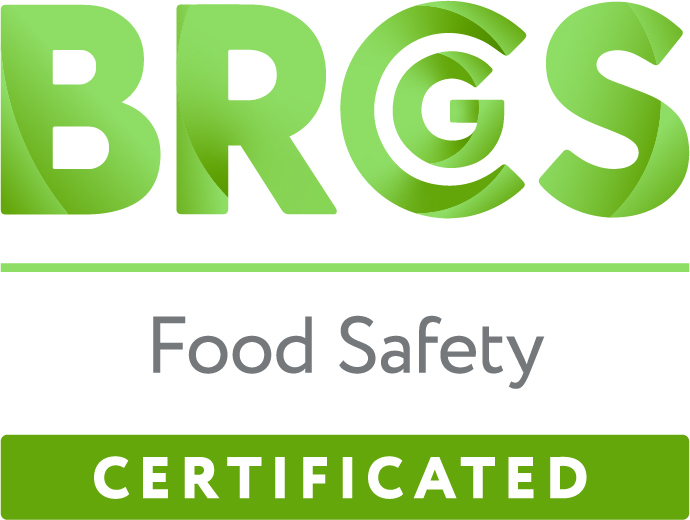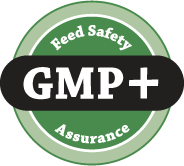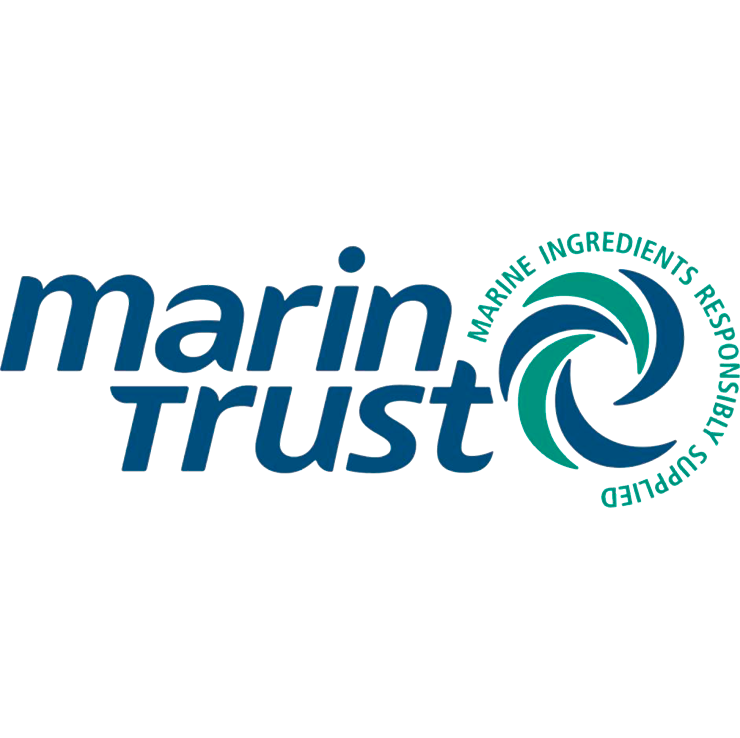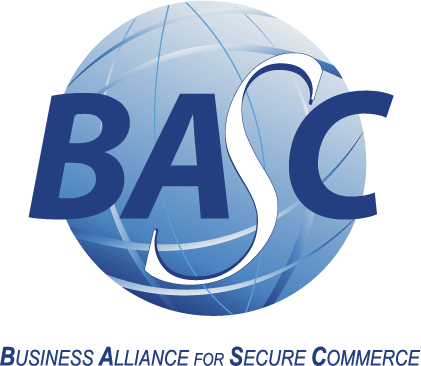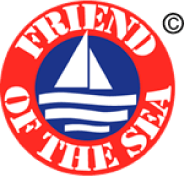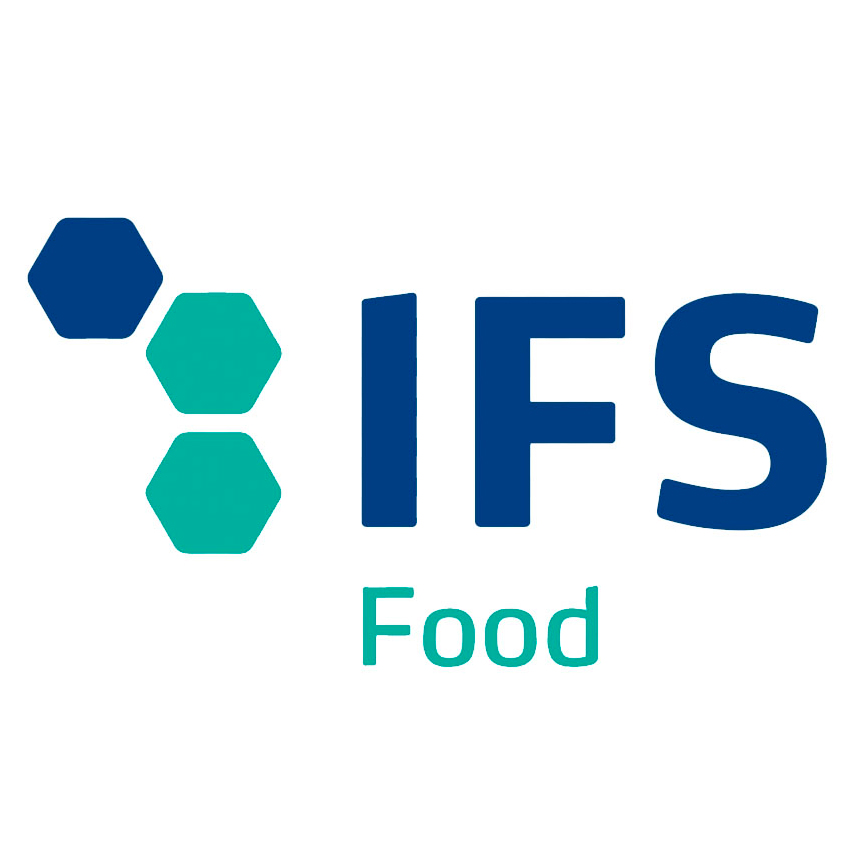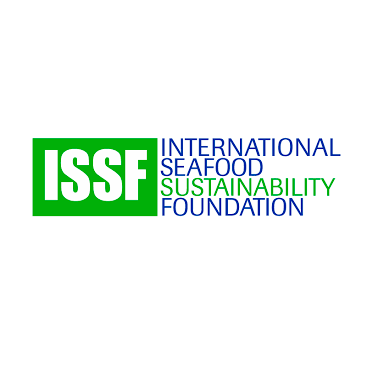Artisanal fishing
We call artisanal fishing to the sector conformed by those independent fishermen that own one or more small boats with a limited capacity of warehouse. When we say "independent" we mean that they are not part of any company, but they can be organized in trade associations and / or unions.
This type of fishing is essentially dedicated to supplying the industry with products for Direct Human Consumption.
Industrial fishing
On the other hand, industrial fishing is made up of companies and corporations with national and / or foreign capital that have a fleet of large vessels and shipowners that carry out large-scale extraction. These companies are also the owners of the processing plants located along our coast. They are the ones that carry out the strongest extraction and must be constantly aligned with the different State Agencies that ensure the sustainability of resources and their correct exploitation, such as PRODUCE or IMARPE.
Unlike artisanal fishing, industrial fishing is part of the sector dedicated to the product development for direct and indirect human consumption (CHI), its main activity being fishing anchovy for fishmeal and fish oil.
The importance of the fishing sector formalization
Although the fishing sector has been able to function very efficiently, a serious problem that still faces is informality. There are many independent non-registered vessels that operate with their backs to the system, not respecting the permitted fishing seasons, the closed areas and the extraction quotas assigned, putting in serious danger the stability of the industry and the health of our sea biomass, one of our main health sources.
Until last year, some 8,000 informal vessels were calculated only in the northern part of the country. This shows that it is an urgent issue in which both the State and the private sector must work together, raising new initiatives, such as the Formalization of Artisanal Fisheries System (SIFORPA), which in 2017 allowed the formalization of up to 6,080 owners, among others.
I am very excited for what our industry has in store for us, and I am confident that the measures that will be implemented will further consolidate this activity that we are passionate about and which has long been one of our economy bases. Let's not stop!
Walter Martínez
Chairman of the Board
